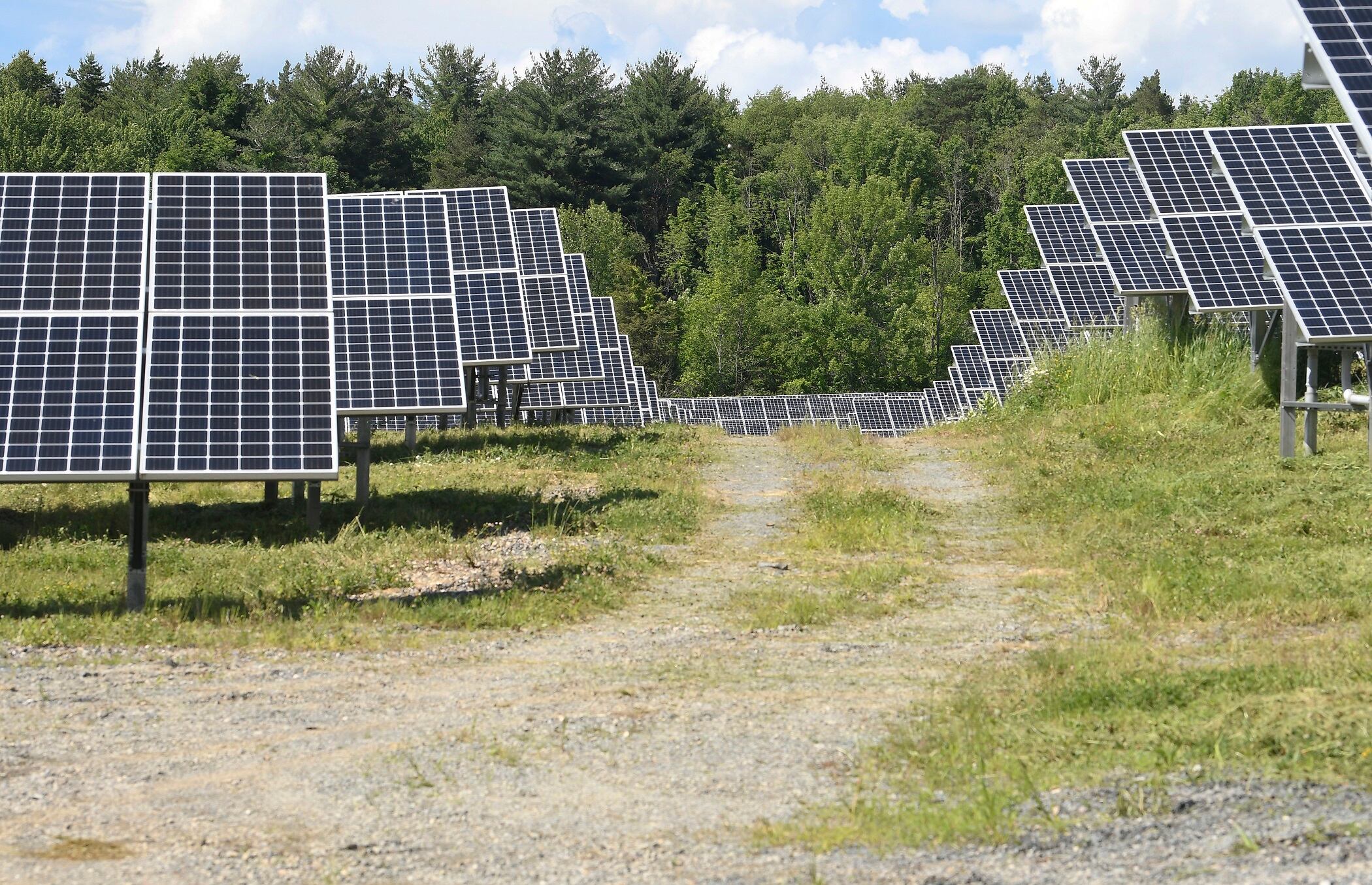The United States is now the biggest hub for bitcoin mining in the world, according to new data released from the Cambridge Centre for Alternative Finance, overtaking China as of July.
After having long provided the lion's share of bitcoin's hashrate —- which is the industry term for the network's overall computing power — China effectively banned the industry back in May.
When the great mining migration began, however, the U.S. was by no means a sure-bet as a future hotspot. Many in the industry speculated that miners would gravitate toward countries with fewer regulatory hurdles, such as Kazakhstan, even as they lauded America's deep capital markets and robust energy sector — all pluses for the energy-intensive, capital-intensive industry.
To some extent, that's exactly what happened. As China's contribution to hashrate dropped to zero, Kazakhstan's rose from 10 percent in May to 22 percent in August. That's actually a bigger percentage increase than in the U.S., which increased from 29 percent in May to 43 percent in August.
As the biggest contributor to hashrate, the U.S. is nonetheless in an influential position. The form that mining takes here — particularly in terms of energy mix — could have widespread implications.
Pressure to make bitcoin mining sustainable is rising, and there's already some evidence to suggest that U.S. states with a high proportion of renewable energy sources are emerging as hubs.
Foundry Digital found that the top four states in its U.S.-based pool, which is a group of miners who share computing power to improve the odds of minting a coin, were New York at 19.9 percent of hashrate, Kentucky at 18.7 percent, Georgia at 17.3 percent, and Texas at 14 percent.
Each of these states boasts a robust renewable energy sector, though it's unclear how many miners are currently taking advantage of these less carbon-intensive options.
It's also worth noting that the Foundry USA pool makes up only a portion of the U.S. network.
"The sample is too small and too skewed due to its USA focus to make any general statement on the network as a whole," said Alex de Vries, the founder of the analytics platform Digiconomist who has been a vocal critic of bitcoin's energy use.
He added that he's yet to see evidence that mining has reversed its dependence on carbon.
Mining With Renewables
However, the shift from China to the U.S. has convinced some long-time bitcoiners that renewable energy and crypto mining may actually be a better match for each other than expected.
Nic Carter, co-founder of Castle Island Ventures, which invests in crypto startups, said that for a long time he thought the economics of mining made it a bad fit for renewables.
"I was pretty convinced by the narrative that was popular that renewables don't work for bitcoin mining, because they don't run all the time," he said.
Essentially, the narrative went, miners needed to be plugged in and running all the time to get a return on investment, and that the intermittent nature of solar and wind worked against that.
Carter said he changed his tune when he started learning about several new methods that miners were pursuing to better integrate mining with renewable energy sources.
One is a kind of hybrid model, in which miners are connected to both the grid and directly to renewable energy sources. That way, when the renewable sources tapers off for whatever reason, the miner is still chugging along using grid energy.
Carter said this offers the added benefit of paying for energy that otherwise would be wasted.
"The wind tends to blow more at night in places where wind is an important portion of the grid, but power grids consume less at night," he said. "That's when you could have your miners soak up that excess supply, instead of it just getting dumped into the ground."
Miners get cheap energy. Renewable suppliers get a buyer for their surplus.
Carter also highlighted other arrangements, such as miners selling the option to the grid to shut them down as needed when supply is strained, or simply shutting down themselves when prices are too high. All of this points to a more flexible relationship between miners and energy providers.
He added that while there aren't a lot of data points showing the adoption of these methods on a large scale, behind the scenes the industry is revving up for the next two years. "It's clear now that there will be pilots pursuing this model at scale in the next 12 to 24 months."
Other Options: Nuclear and Hydropower
Most of the solutions being considered are really aimed at solar and wind, the most intermittent of renewables. However, nuclear and hydropower are already better suited for mining, with their consistent energy output, which is sometimes wasted due to fluctuations in demand.
Indeed, a massive surplus of hydropower is what attracted many miners to China in the first place.
Likewise, hydropower makes up 78 percent of renewable energy in New York, according to the U.S. Energy Information Administration.
Miners are also striking up partnerships with nuclear power companies which can bring down prices.
Talen Energy Corporation, owner of the nuclear-powered Susquehanna Steam Energy Station in Pennsylvania, has entered into a joint venture with Maryland-based TeraWulf Inc. to locate a mining facility "behind the meter," which means connected to the plant rather than through the grid.
"Nuclear seems to be the best bet for the renewable narrative, but that’s generally also the most expensive option," said de Vries.
What exactly is pushing miners to seek out renewable energy in the first place?
Carter said it's a business risk that miners are trying to nip in the bud.
"Odds are much higher they'll be regulated if they don't tread carefully around sustainability," he said.
In New York, for instance, a bill was on the table to place a three-year moratorium on bitcoin mining. Subsequently, the bill was watered down to only target miners that use carbon-based energy.
"It's increasingly something that you have to care about, whether or not you actually do care or not," Carter said.



